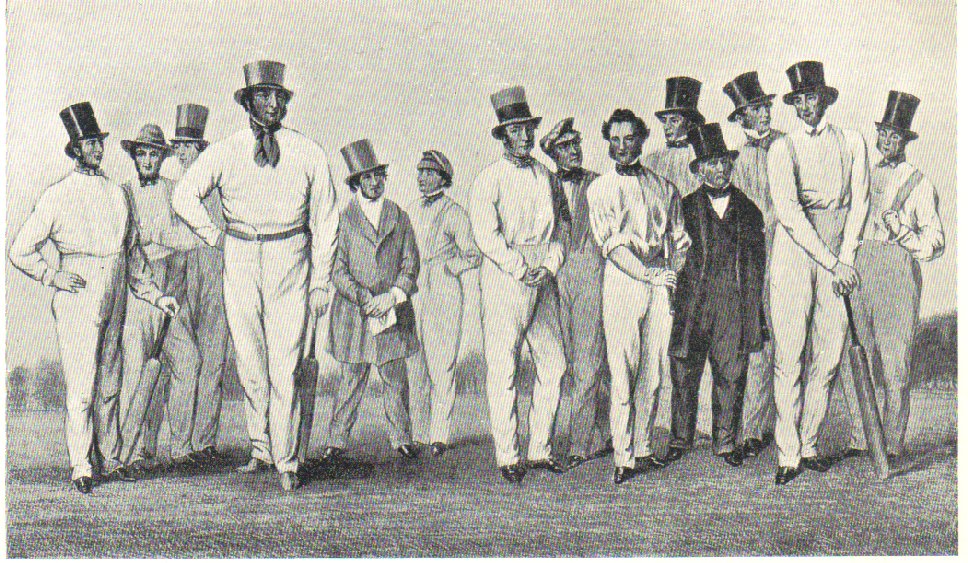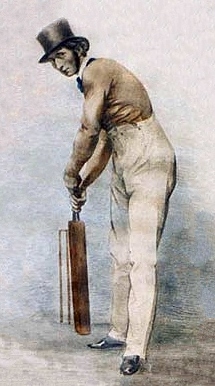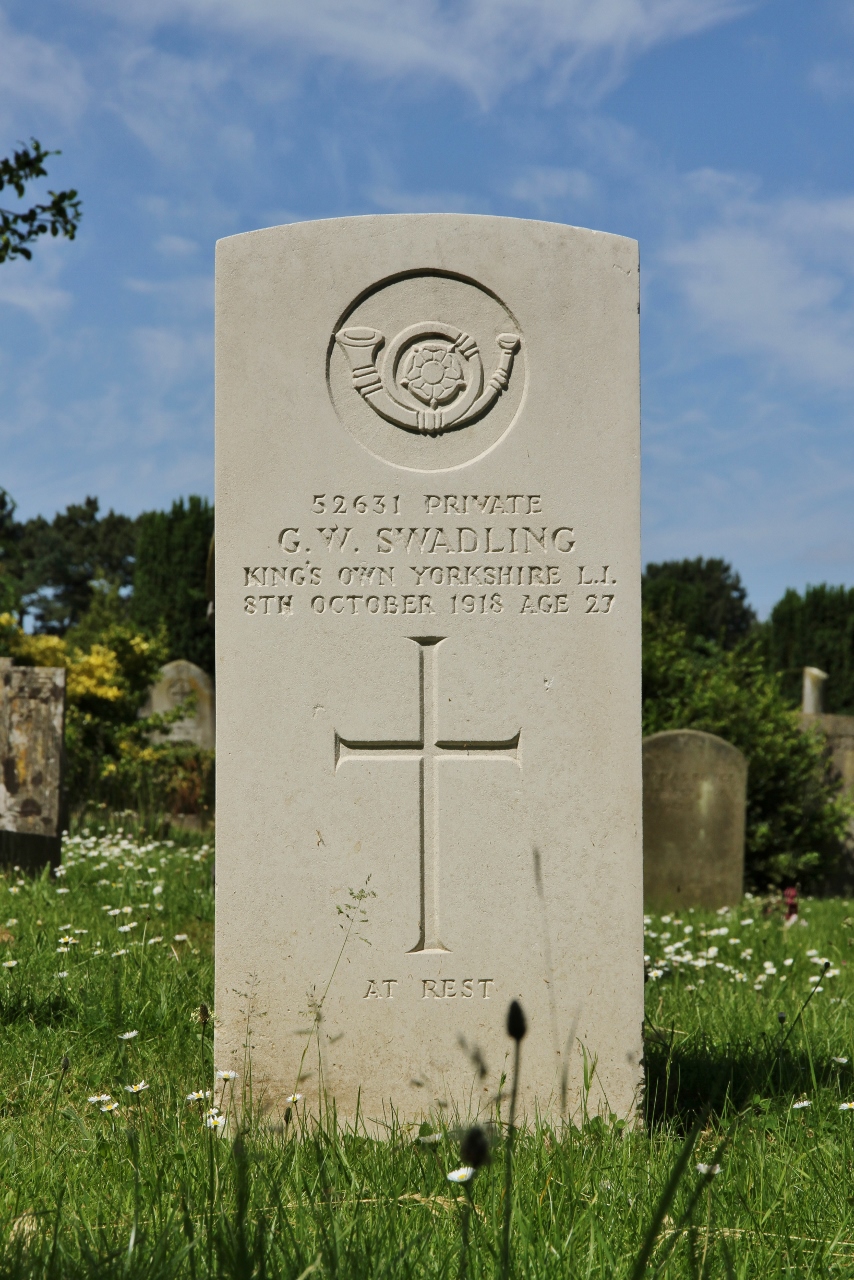|
Oxford Road Commonwealth War Graves Commission Cemetery
Oxford Road Cemetery is a Commonwealth War Graves Commission burial ground for the dead of the World War I, First World War located near Ypres (''Ieper'') in Belgium on the Western Front (World War I), Western Front. The cemetery grounds were assigned to the United Kingdom in perpetuity by King Albert I of Belgium in recognition of the sacrifices made by the British Empire in the defence and liberation of Belgium during the war. Foundation The cemetery, named after the nickname of a nearby road behind the trenches, was established as two cemeteries. The first was laid down in August 1917. The second, nearby, was begun in 1917. After the Armistice with Germany (Compiègne), armistice, battlefield graves were consolidated between the two, creating one enlarged cemetery. The cemetery was designed by Sir Reginald Blomfield. Notable graves South African-born Captain Clement Robertson Victoria Cross, VC is buried in this cemetery. He was posthumously awarded the Victoria Cross for v ... [...More Info...] [...Related Items...] OR: [Wikipedia] [Google] [Baidu] |
Commonwealth War Graves Commission
The Commonwealth War Graves Commission (CWGC) is an intergovernmental organisation of six independent member states whose principal function is to mark, record and maintain the graves and places of commemoration of Commonwealth of Nations military service members who died in the two World Wars. The commission is also responsible for commemorating Commonwealth civilians who died as a result of enemy action during the Second World War. The commission was founded by Fabian Ware, Sir Fabian Ware and constituted through Royal Charter in 1917 as the Imperial War Graves Commission. The change to the present name took place in 1960. The commission, as part of its mandate, is responsible for commemorating all Commonwealth war dead individually and equally. To this end, the war dead are commemorated by a name on a headstone, at an identified site of a burial, or on a memorial. War dead are commemorated uniformly and equally, irrespective of military or civil rank, race or creed. The co ... [...More Info...] [...Related Items...] OR: [Wikipedia] [Google] [Baidu] |
Albert I Of Belgium
Albert I (8 April 1875 – 17 February 1934) was King of the Belgians from 23 December 1909 until his death in 1934. Born in Brussels as the fifth child and second son of Prince Philippe, Count of Flanders and Princess Marie of Hohenzollern-Sigmaringen, Albert succeeded his uncle, Leopold II, to the Belgian throne in 1909. He married Elisabeth of Bavaria, with whom he had three children. Albert ruled during an eventful period in the history of Belgium, which included the period of World War I (1914–1918), when most of Belgium was occupied by German forces. Other crucial events of his reign included the adoption of the Treaty of Versailles in June 1919, the ruling of the Belgian Congo as an overseas possession of Belgium along with the League of Nations mandate of Ruanda-Urundi, the reconstruction of Belgium following the war, and the first five years of the Great Depression (1929–1934). Albert died in a mountaineering accident in eastern Belgium in 1934, at the age ... [...More Info...] [...Related Items...] OR: [Wikipedia] [Google] [Baidu] |
Find A Grave
Find a Grave is a website that allows the public to search and add to an online database of cemetery records. It is owned by Ancestry.com. Its stated mission is "to help people from all over the world work together to find, record and present final disposition information as a virtual cemetery experience." Volunteers can create memorials, upload photos of grave markers or deceased persons, transcribe photos of headstones, and more. , the site claimed more than 210 million memorials. History The site was created in 1995 by Salt Lake City resident Jim Tipton (born in Alma, Michigan) to support his hobby of visiting the burial sites of celebrities. He later added an online forum. Find a Grave was launched as a commercial entity in 1998, first as a trade name and then incorporated in 2000. The site later expanded to include graves of non-celebrities, in order to allow online visitors to pay respect to their deceased relatives or friends. In 2013, Tipton sold Find a Grave to Ancestry ... [...More Info...] [...Related Items...] OR: [Wikipedia] [Google] [Baidu] |
Wisden Cricketers Of The Year
The ''Wisden'' Cricketers of the Year are cricketers selected for the honour by the annual publication ''Wisden Cricketers' Almanack'', based primarily on their "influence on the previous English season". The award began in 1889 with the naming of "Six Great Bowlers of the Year", and continued with the naming of "Nine Great Batsmen of the Year" in 1890 and "6 Great Wicket-Keepers" in 1891. Since 1897, with a few notable exceptions, the annual award has recognised five players of the year. No players were named in 1916 or 1917, as the First World War prevented any first-class cricket being played in England, while in 1918 and 1919 the recipients were five schoolboy cricketers. From 1941 to 1946, the Second World War caused the same issue and no players were named. Three players have been sole recipients: W. G. Grace (1896), Plum Warner (1921) and Jack Hobbs (1926). The latter two selections are the only exceptions to the rule that a player may receive the award only once. Hobb ... [...More Info...] [...Related Items...] OR: [Wikipedia] [Google] [Baidu] |
England Cricket Team
The England cricket team represents England and Wales in international cricket. Since 1997, it has been governed by the England and Wales Cricket Board (ECB), having been previously governed by Marylebone Cricket Club (the MCC) since 1903. England, as a founding nation, is a Full Member of the International Cricket Council (ICC) with Test, One Day International (ODI) and Twenty20 International (T20I) status. Until the 1990s, Scottish and Irish players also played for England as those countries were not yet ICC members in their own right. England and Australia were the first teams to play a Test match (15–19 March 1877), and along with South Africa, these nations formed the Imperial Cricket Conference (the predecessor to today's International Cricket Council) on 15 June 1909. England and Australia also played the first ODI on 5 January 1971. England's first T20I was played on 13 June 2005, once more against Australia. , England have played 1,058 Test matches, winning 387 and lo ... [...More Info...] [...Related Items...] OR: [Wikipedia] [Google] [Baidu] |
Kent County Cricket Club
Kent County Cricket Club is one of the eighteen first-class county clubs within the domestic cricket structure of England and Wales. It represents the historic county of Kent. A club representing the county was first founded in 1842 but Kent teams have played top-class cricket since the early 18th century, and the club has always held first-class status. The current Kent County Cricket Club was formed on 6 December 1870 following the merger of two representative teams. Kent have competed in the County Championship since the official start of the competition in 1890 and have played in every top-level domestic cricket competition in England. The club's limited overs team is called the Kent Spitfires after the Supermarine Spitfire. The county has won the County Championship seven times, including one shared victory. Four wins came in the period between 1906 and 1913 with the other three coming during the 1970s when Kent also dominated one-day cricket cup competitions. A total ... [...More Info...] [...Related Items...] OR: [Wikipedia] [Google] [Baidu] |
King's Own Yorkshire Light Infantry
The King's Own Yorkshire Light Infantry (KOYLI) was a light infantry regiment of the British Army. It officially existed from 1881 to 1968, but its predecessors go back to 1755. In 1968, the regiment was amalgamated with the Somerset and Cornwall Light Infantry, the King's Shropshire Light Infantry and the Durham Light Infantry to form The Light Infantry, which in turn was merged with the Devonshire and Dorset Regiment, the Royal Gloucestershire, Berkshire and Wiltshire Regiment and the Royal Green Jackets to become The Rifles in 2007. History The 51st Foot The 53rd Regiment of Foot was raised in Leeds in 1755 and renumbered the 51st in January 1757. In 1782, in common with other regiments of the line, the 51st was given a "county" designation, becoming the 51st (2nd Yorkshire, West Riding) Regiment of Foot. The title of ''Light Infantry'' was given in honour of its former commander General Sir John Moore in 1809, and in 1821 the regiment was given royal status when ''King's Own' ... [...More Info...] [...Related Items...] OR: [Wikipedia] [Google] [Baidu] |
Colin Blythe
Colin Blythe (30 May 1879 – 8 November 1917), also known as Charlie Blythe, was an English professional cricketer who played Test cricket for the England cricket team during the early part of the 20th century. Blythe was a Wisden Cricketer of the Year in 1904 and took more than 2,500 first-class wickets over the course of his career, one of only 13 men to have done so. Blythe was a slow left-arm orthodox bowler and is considered to have been one of the great left-arm spin bowlers in cricket history. He played county cricket for Kent County Cricket Club between 1899 and 1914 and shares the record for the highest number of first-class wickets taken in a single day's play along with Hedley Verity and Tom Goddard. He took over 100 wickets in 14 of the 16 seasons he played, including 215 in 1909. Despite having epilepsy, Blythe enlisted in the British army at the beginning of World War I. He was killed during the Second Battle of Passchendaele whilst on active service. A ... [...More Info...] [...Related Items...] OR: [Wikipedia] [Google] [Baidu] |
Zonnebeke
Zonnebeke (; vls, Zunnebeke) is a municipality located in the Belgian province of West Flanders. The municipality comprises the villages of , , Passendale, Zandvoorde and Zonnebeke proper. On January 1, 2006, Zonnebeke had a total population of 11,758. The total area is 67.57 km2 which gives a population density of 174 inhabitants per km2. History The villages of Zonnebeke congregated around a large Augustinian abbey and its associated Benedictine convent in Nonnebosschen. Both were destroyed during the iconoclastic outbreak in 1580. Only the abbey was rebuilt, but was looted during the French occupation the abbey was confiscated. Passendale played a role in the Battle of Westrozebeke in 1382. Situated in the centre of the Ypres Salient, World War I destroyed the whole area. Left abandoned until the early 1920s, people slowly returned and rebuilt the villages. In 1932, the locals opened a cheese making facility, which to this day is the only source of Passendale cheese. ... [...More Info...] [...Related Items...] OR: [Wikipedia] [Google] [Baidu] |
Victoria Cross
The Victoria Cross (VC) is the highest and most prestigious award of the British honours system. It is awarded for valour "in the presence of the enemy" to members of the British Armed Forces and may be awarded posthumously. It was previously awarded by countries of the Commonwealth of Nations, most of which have established their own honours systems and no longer recommend British honours. It may be awarded to a person of any military rank in any service and to civilians under military command. No civilian has received the award since 1879. Since the first awards were presented by Queen Victoria in 1857, two-thirds of all awards have been personally presented by the British monarch. The investitures are usually held at Buckingham Palace. The VC was introduced on 29 January 1856 by Queen Victoria to honour acts of valour during the Crimean War. Since then, the medal has been awarded 1,358 times to 1,355 individual recipients. Only 15 medals, of which 11 to members of the Britis ... [...More Info...] [...Related Items...] OR: [Wikipedia] [Google] [Baidu] |
Clement Robertson
Clement Robertson (15 December 1890 – 4 October 1917) was a Colony of Natal-born, recipient of the Victoria Cross, the highest and most prestigious award for gallantry in the face of the enemy that can be awarded to British and Commonwealth forces. His posthumous Victoria Cross was the first to be awarded to the Tank Corps. Early life Clement was the fourth son of Major John Albert Robertson and Frances Octavia Caroline Robertson ( Wynne), of Struan Hill, Delgany in County Wicklow. His father, an officer in the Royal Artillery, was serving in the Colony of Natal when Clement was born at Pietermaritzburg, South Africa, on 15 December 1890. His mother's family was from Ireland and Clement grew up in Delgany. He went to school at Haileybury College (1904–1906) before attending Trinity College Dublin to study Engineering. After graduation in 1909, he went to Egypt to work as an engineer on a Nile irrigation project. Military career On the outbreak of the First World War he retu ... [...More Info...] [...Related Items...] OR: [Wikipedia] [Google] [Baidu] |
Armistice With Germany (Compiègne)
The Armistice of 11 November 1918 was the armistice signed at Le Francport near Compiègne that ended fighting on land, sea, and air in World War I between the Entente and their last remaining opponent, Germany. Previous armistices had been agreed with Bulgaria, the Ottoman Empire and Austria-Hungary. It was concluded after the German government sent a message to American president Woodrow Wilson to negotiate terms on the basis of a recent speech of his and the earlier declared " Fourteen Points", which later became the basis of the German surrender at the Paris Peace Conference, which took place the following year. Also known as the Armistice of Compiègne (french: Armistice de Compiègne, german: Waffenstillstand von Compiègne) from the place where it was officially signed at 5:45 a.m. by the Allied Supreme Commander, French Marshal Ferdinand Foch, it came into force at 11:00 a.m. Central European Time (CET) on 11 November 1918 and marked a vi ... [...More Info...] [...Related Items...] OR: [Wikipedia] [Google] [Baidu] |









.jpg)